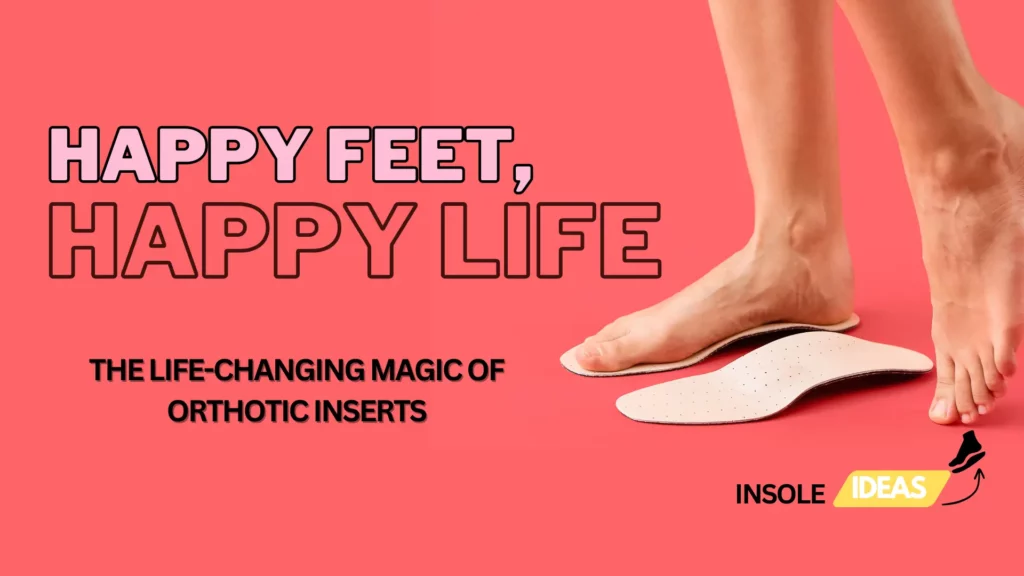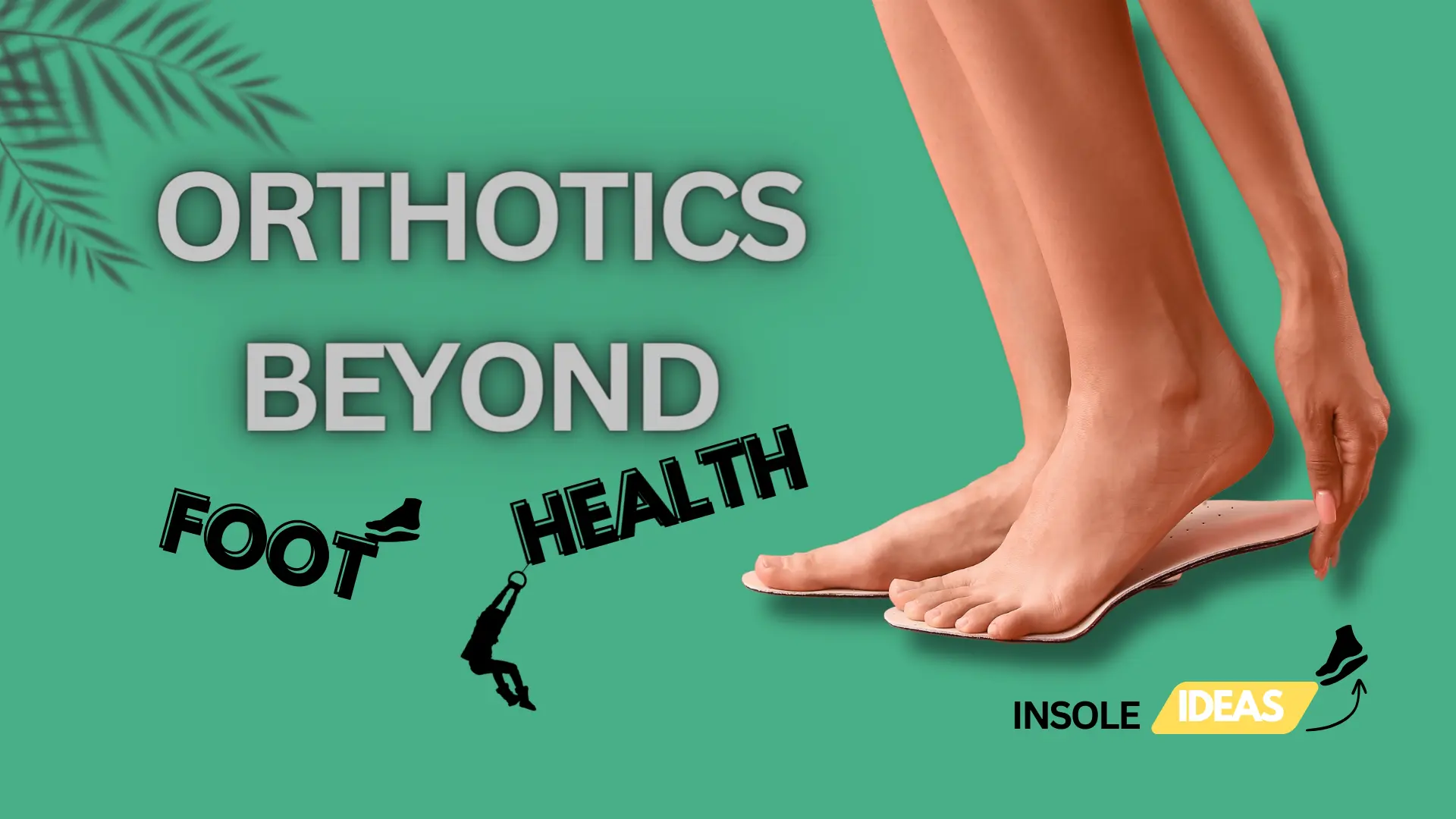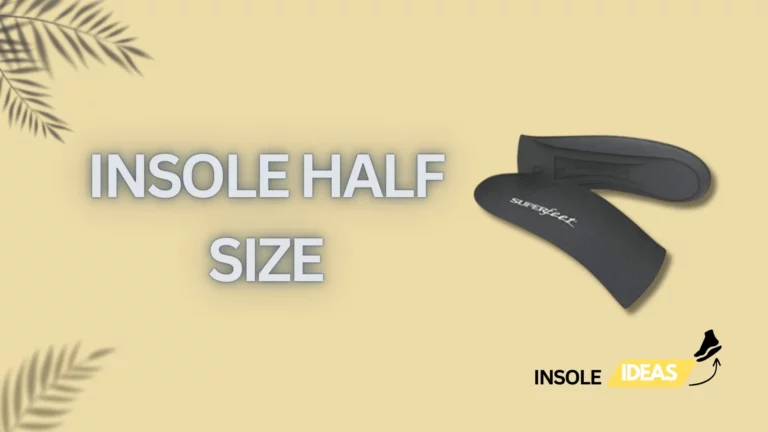Insole Insights World of Orthopedic Footwear
Orthopedic insoles, also referred to as orthotics, are specialty shoe inserts made to support the foot, correct alignment, and relieve a variety of foot-related problems. Their primary purpose is to enhance comfort and reduce pain by redistributing pressure on the feet.
Definition and Intent
Orthopedic insoles are custom-made or prefabricated inserts placed inside shoes to address biomechanical foot issues. They serve the purpose of improving foot function, reducing discomfort, and enhancing overall mobility.
Importance in Foot Health
Sustaining ideal foot health is essential for general health. Orthopedic insoles play a pivotal role in supporting the arch, cushioning the foot, and correcting gait abnormalities, thereby preventing potential foot problems and reducing the impact on other parts of the body.
Types of Orthopedic Insoles
Orthopedic insoles come in various types tailored to different needs and preferences.
Custom-Made Insoles
These insoles are made after a thorough evaluation of each person’s unique foot type, motion, and requirements. They offer highly personalized support and are prescribed by healthcare professionals.
Prefabricated Insoles
Available over the counter, prefabricated insoles offer a more generic solution. While not as personalized as custom-made ones, they still provide varying levels of support and are more accessible to consumers.
Function-Based Insoles (Support, Cushioning, Stability)
Function-based insoles are designed with specific purposes in mind. Some focus on providing arch support, others prioritize cushioning for impact absorption, and some emphasize stability for improved balance and control.
Benefits of Orthopedic Insoles
Pain Relief (Foot, Knee, Hip, Back)
Orthopedic insoles distribute pressure evenly across the feet, alleviating discomfort and reducing By adjusting alignment and enhancing general posture, discomfort in the feet, knees, hips, and lower back can be alleviated.
Corrective Support for Foot Deformities
For conditions like bunions, plantar fasciitis, or fallen arches, orthopedic insoles offer corrective support, reducing strain on affected areas and allowing for more natural movement.
Improvement in Posture and Alignment
By providing proper support and correcting imbalances, orthopedic insoles aid in aligning the body correctly, resulting in better posture and a lower chance of misalignment-related injuries.
Conditions and Uses
Orthopedic insoles cater to a spectrum of foot-related conditions and enhance various activities.
Plantar Fasciitis
One of the most common foot disorders, plantar fasciitis, is defined by inflammation of the tissue that runs from the heel bone to the toes.Orthopedic insoles offer arch support and cushioning, reducing strain on the plantar fascia, easing pain, and aiding recovery.
Overpronation/Underpronation
Individuals with overpronation (rolling the foot inward) or underpronation (rolling the foot outward) benefit from insoles designed to correct these imbalances, providing stability and realigning the foot during movement.
Flat Feet/High Arches
Flat feet lack arch support, while high arches cause excess pressure on certain areas of the foot. Orthopedic insoles cater to both conditions, providing appropriate support to alleviate discomfort and distribute pressure evenly.
Athletic Performance Enhancement
Insoles designed for athletes offer specialized support, cushioning, and stability, optimizing performance, reducing fatigue, and minimizing the risk of injury during physical activities.
Materials and Technology
Gel, Foam, or Hard Plastic
Orthopedic insoles can be made from various materials, each offering unique benefits. Gel provides cushioning, foam offers comfort and shock absorption, while hard plastic or rigid materials offer stability and support.
Impact of Material on Functionality
The choice of material significantly affects the functionality of the insoles. Understanding the properties of each material helps in selecting the right insole based on the specific needs of the user.

How to Choose the Right Orthopedic Insoles
Foot Analysis and Assessment
A thorough analysis by a podiatrist or orthopedic specialist helps determine the right type of insole by assessing foot structure, gait, and any existing conditions.
Understanding Different Foot Types
Understanding whether you have flat feet, high arches, or other conditions aids in selecting insoles tailored to address those specific issues effectively.
Matching Insole Characteristics to Specific Needs
Choosing insoles based on the intended use, whether for daily wear, athletic activities, or specific foot conditions, ensures optimal support and functionality.
Proper Care and Maintenance
Cleaning and Hygiene
Regular cleaning of orthopedic insoles is essential to maintain hygiene and extend their lifespan. Depending on the material, gentle cleaning with mild soap and water or specific cleaning solutions is recommended.
Replacement Guidelines
Orthopedic insoles, like any other footwear accessory, undergo wear and tear over time. Replacing them at recommended intervals, typically every 6-12 months, ensures continued support and functionality.
Storing and Preserving Insole Lifespan
Their durability and useful life are increased by proper storage. This entails shielding them from intense heat or cold and direct sunshine.
Conclusion
Orthopedic insoles play a crucial role in foot health, offering relief from pain, correcting alignment issues, and enhancing overall comfort and mobility. For individuals considering orthopedic insoles, seeking advice from a healthcare professional or a podiatrist ensures proper assessment and guidance for selecting the most suitable insoles.




3 Comments